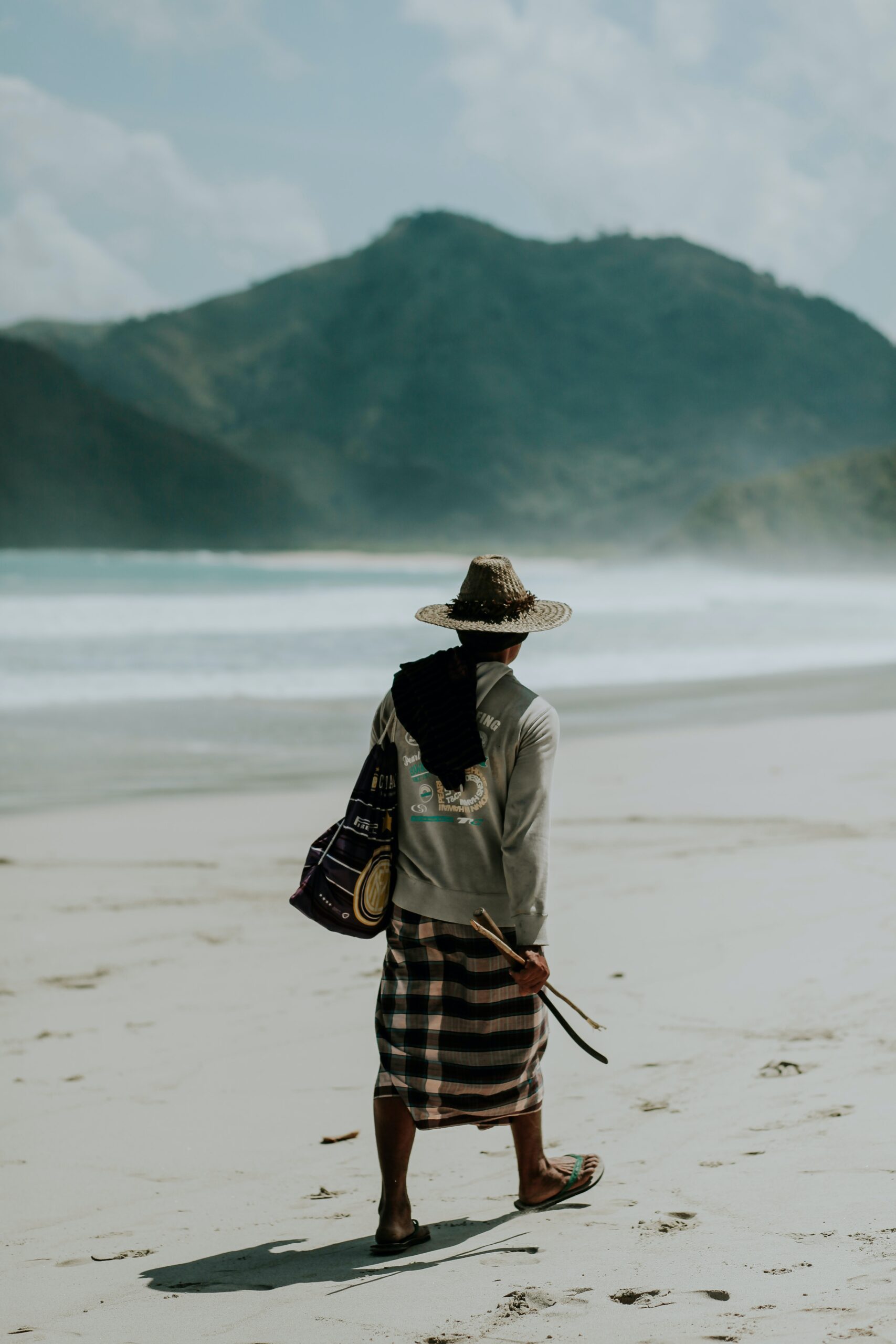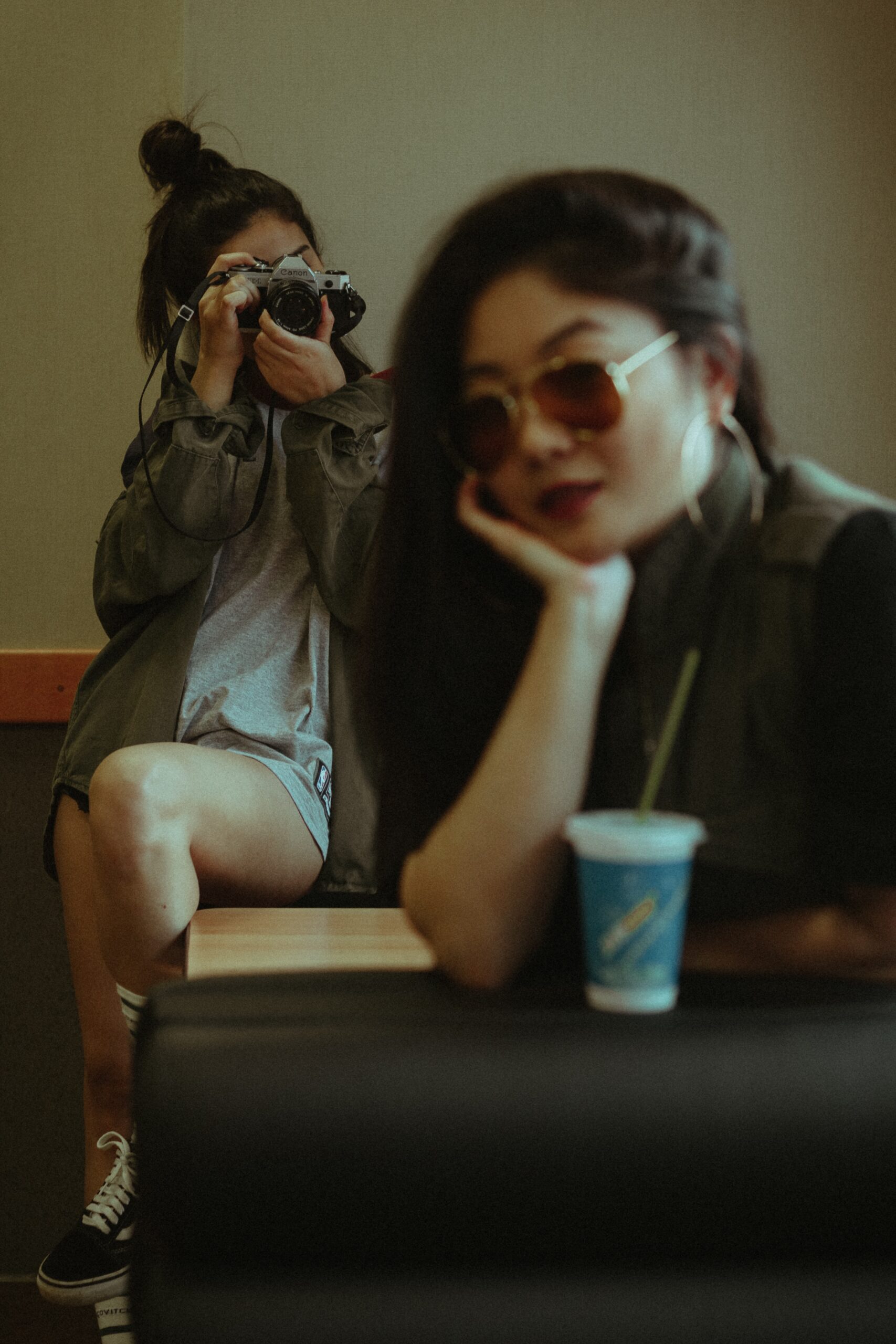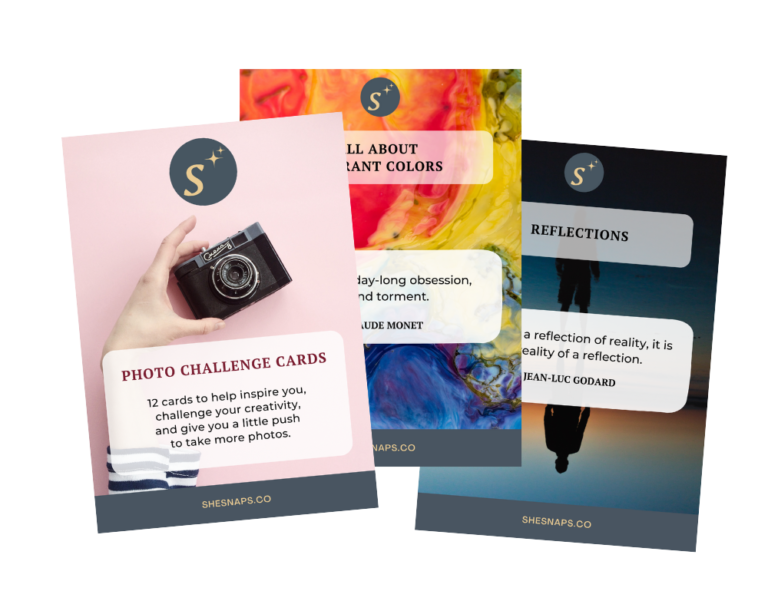Photography goes beyond just taking pictures; it’s about telling stories, bringing out feelings, and letting your creativity shine. We’ve compiled these ten basic steps, with additional readings, to help you discover or hone your skills and create photos that truly inspire your audience.
1. Get to Know Your Camera
Before you start capturing breathtaking images, take some time to understand your camera. Learn about its settings, buttons, and modes. This knowledge will empower you to control your camera effectively and capture the shots you envision. If you aren’t convinced on the reasons why you need to understand your camera, this guide here outlines a few key points why you do have to know your camera. Ranging from the design of your camera, differences in lenses or memory cards, to other build functions, there’s a heap of different things that can come into play when you’re out shooting.
2. Explore Different Subjects
Experiment with various subjects to discover what resonates with you. From landscapes and portraits to macro and street photography, each subject offers a unique way to express your creativity. Don’t hesitate to step out of your comfort zone and try new things. Are you having trouble and feel like you don’t know how to choose the right photography subjects? This guide by Karlo De Leon walks you through this process of honing your “eye” for subject selection.
3. Master the Basics of Composition
Composition is like the blueprint of a great photograph. Learn about the rule of thirds – a simple technique that divides your frame into nine sections – and place your subject along the intersections. This creates a balanced and visually appealing composition. Of course, there are lots of other compositional techniques out there that you can use as well including leading lines, framing and negative space. To get started on mastering at least seven of these composition skills, check out this guide.
4. Embrace Natural Lighting
Lighting is a photographer’s best friend. During the golden hour (just after sunrise or before sunset), the sunlight is soft and warm, making everything look magical. Avoid harsh midday sun as it can create unflattering shadows. If you want to start learning when to use natural lighting versus flash, this article here will be a helpful place to start – even if it only focuses on portrait photography first. You can also experiment with backlighting (see here) and side lighting (read this) to add depth and drama to your shots.
5. Focus on Details
Sometimes, the tiniest details tell the most significant stories. Explore macro photography to capture the intricate beauty of small subjects like flowers, insects, or everyday objects. A macro lens or the macro mode on your camera can help you get up close and personal. Often, the trickiest aspect of getting started in macro photography is the camera settings – if that’s the case for you, then this free quick guide is a good place to start.
6. Tell a Story
Every photograph has a story to tell. Consider what you want your audience to feel or understand when they look at your image. Create a narrative through your composition, subject choice, and lighting. A well-told story can leave a lasting impact. But, that’s easier said than done. To master the art of visual storytelling, there’s a few different elements that you’ll need to juggle whether that be storyboarding or planning a photo, to the technical aspects and execution. Every photographer has their own process and ways to tell a story, but we think these two articles might help you find your groove – there’s this guide here by Karthika Gupta, or this article by Jason D. Little.
7. Edit Mindfully
Editing is where your creativity can truly shine. We would recommend that you enhance your photos without going overboard. Adjust brightness, contrast, and color balance to bring out the best in your images while maintaining a natural look (though this really is up to what you’re trying to convey or achieve). Post-processing a photo can range from a straightforward workflow to something a bit more extensive – check out this article for 10 post-processing terms every photographer should know.
8. Learn from Others
Don’t be afraid to seek inspiration from fellow photographers. Study their work, understand their techniques, and try incorporating their styles into your photography. This can help you broaden your horizons and develop your unique approach. Look up camera clubs in your local area, join Facebook groups (try this Weekly Photography Challenges group), or talk to people in camera forums or online (e.g. Reddit) – the world is your oyster!
9. Practice Makes Perfect
Photography is a skill that improves with practice. Take your camera everywhere and shoot regularly. The more you practise, the better you’ll become at identifying interesting subjects, composing shots, and capturing the perfect moments. Creating accountability around consistent camera practice can be difficult – especially when there are so many distractions like work or life getting in the way of practising photography. Maybe trying a “One Photo a Day” project would help – you can learn all about setting up your own photo project here from Jenn Mishra.
10. Stay Curious and Open-Minded
Photography is an evolving art form. Stay curious about new techniques, equipment, and trends. Keep an open mind and be willing to learn from your successes and mistakes. Everyone knows how confronting or difficult it can be if someone doesn’t like your work, let alone, something that is your own creative expression. If you’re unsure how to tackle critiques or unpleasant feedback, photographer Ludmila Borosova shares good advice here.
A Final Note
Photography is your canvas to express yourself and share your perspective with the world. By mastering your camera, experimenting with different subjects, understanding composition, playing with lighting, and focusing on storytelling, you can unlock your potential as an inspiring photographer that creates captivating images. Remember, it’s not just about the technical aspects – it’s about capturing the world through your unique lens and sparking emotions in those who view your images. So, pick up your camera, embrace your creativity, and embark on a journey of visual storytelling.
Recommended Resources
When you first start learning photography, it can be pretty overwhelming – you’re carrying gear and then trying to juggle all your learning materials in the field. If you want to learn and master photography “on-the-go”, then Photzy’s Snap Cards cheatsheets are the photographic training method for you! Read more about Snap Cards here.




